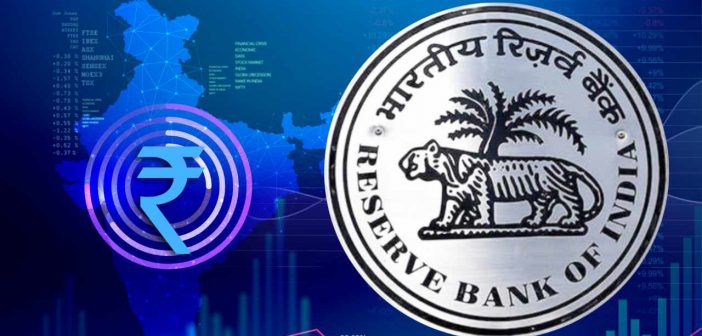India is at the forefront of exploring Central Bank Digital Currencies (CBDCs). The digital rupee, as it’s being called, holds immense promise for a nation grappling with cash dominance and financial inclusion. However, the path to widespread adoption is riddled with potential challenges. Let’s delve into the factors that could hinder the success of the digital rupee.
Digital Divide: A Bridge Too Far?
India’s vast rural population presents a significant hurdle. Millions lack access to smartphones and reliable internet connectivity, crucial for using the digital rupee. While offline functionality is being explored, the infrastructure needed for widespread offline access is substantial. This digital divide could exacerbate financial exclusion, with the most vulnerable segments left behind.
Privacy Concerns: Walking a Tightrope
The government aims to leverage blockchain technology for the digital rupee, which offers transparency. However, this transparency can be a double-edged sword. Concerns linger about user privacy and potential government surveillance. Striking a balance between transparency and user privacy will be crucial for building trust in the system.
Security Threats: A Digital Fort Under Siege
Cybersecurity is a constant battleground. A CBDC introduces a new target for cybercriminals. Hacking attacks could disrupt the entire financial system, causing significant economic damage and eroding user confidence. Robust cybersecurity measures and a culture of cyber awareness will be essential.
Financial Inclusion: Widening the Net or Casting a Shadow?
While the digital rupee aims to promote financial inclusion, it might inadvertently achieve the opposite. Cash, despite its limitations, offers a level of anonymity that some may value. Forcing a shift to a digital currency could push certain segments of the population further into the fringes of the financial system.
Integration with Existing Systems: A Symphony of Challenges
Integrating the digital rupee with existing banking infrastructure is a complex task. Legacy systems may not be readily compatible with the new currency. A smooth transition will require significant investments in upgrading technology and ensuring interoperability between the digital rupee and existing payment systems.
Competition from Existing Players: A Crowded Marketplace
India boasts a vibrant digital payments ecosystem with established players like UPI and mobile wallets. The digital rupee will need to offer compelling advantages to carve out a niche in this crowded market. Offering seamless offline functionality, faster transactions, and potential incentives could be key differentiators.
Regulatory Uncertainty: Charting a New Course
The regulatory framework surrounding the digital rupee is still evolving. Uncertainties around regulations could discourage financial institutions and businesses from adopting the new currency. Clear and well-defined regulations will be critical for fostering trust and promoting innovation within the CBDC ecosystem.
The Learning Curve: Educating a Nation
Public awareness and education are paramount for successful CBDC adoption. Millions of Indians, particularly in rural areas, may require extensive education on how to use the digital rupee and its benefits. Developing user-friendly interfaces and educational campaigns in local languages will be crucial for driving user adoption.
The Cash Conundrum: Weaning off the Familiar
Cash remains deeply ingrained in Indian culture and daily transactions. Shifting consumer preferences away from cash will be a gradual process. The government may need to incentivize digital rupee usage while ensuring a smooth transition for those comfortable with cash.
The Verdict: A Digital Tightrope Walk
The digital rupee has the potential to revolutionize India’s financial landscape. However, the road to success is paved with challenges. Addressing the digital divide, ensuring privacy, and fostering trust will be critical. Collaboration between the government, financial institutions, and technology companies will be essential for navigating these complexities. Only then can the digital rupee bridge the gap towards a more inclusive and efficient financial system for India.





